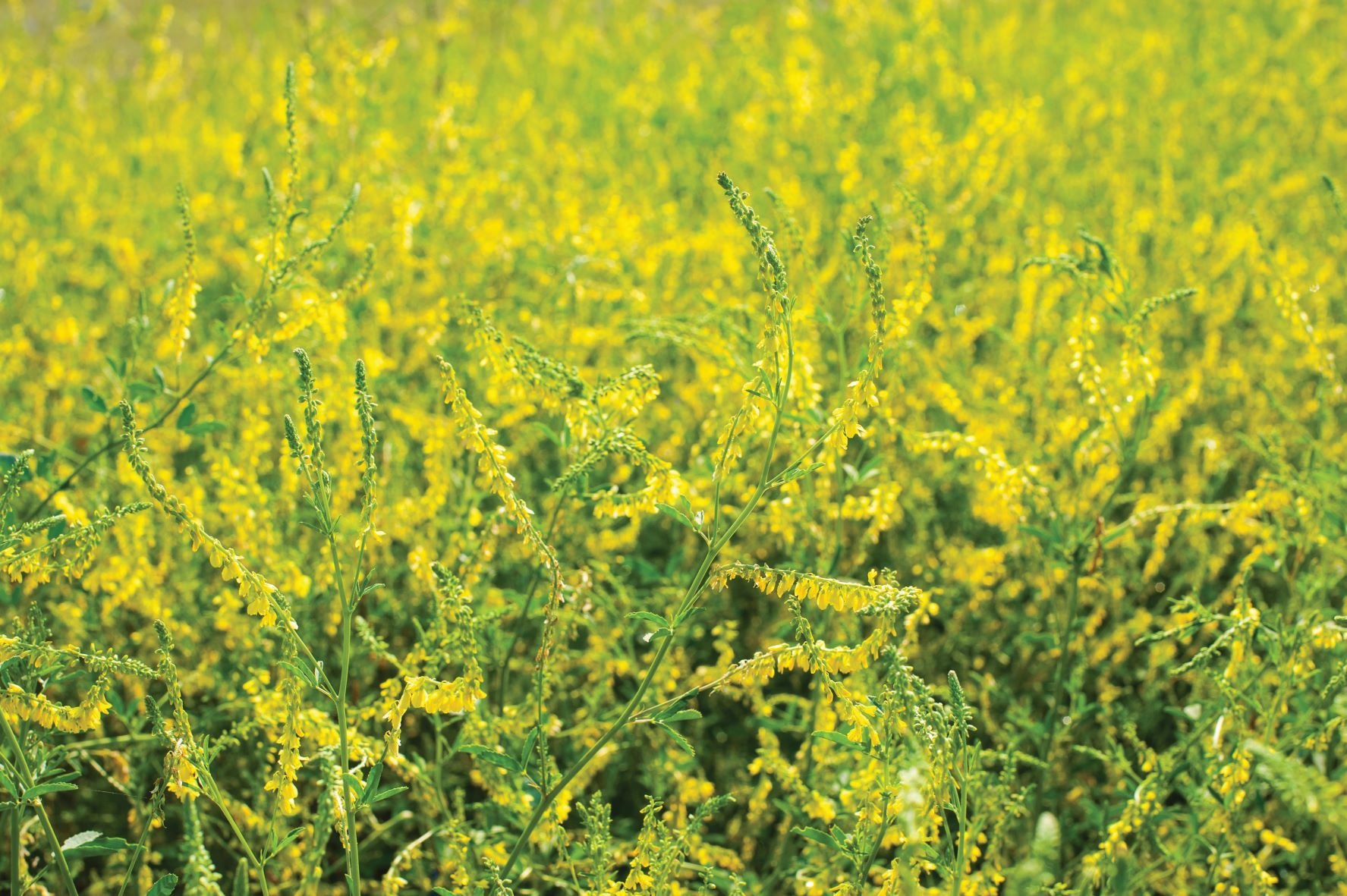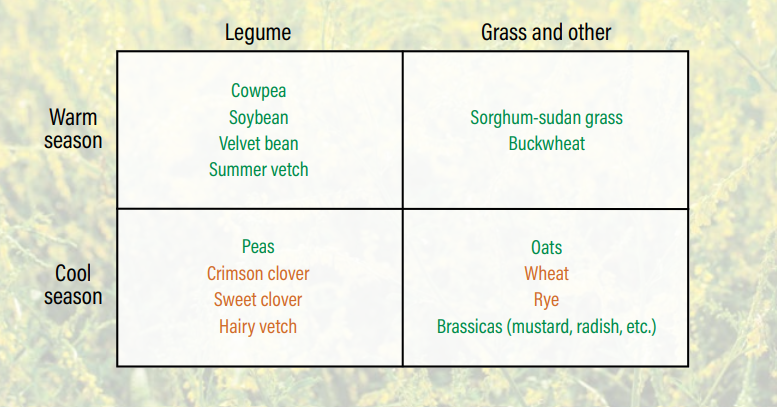
Nov 7, 2022
Cover crops and chess
I have been thinking about cover crops lately and when I do, I find myself remembering my high school chess coach. Mr. Lange was a fun person – he would get excited and animated to make his points.
Our chess practices after school would start with Mr. Lange giving a short lesson on a particular move and then we would split up and play chess against our friends. As we played, Mr. Lange walked around, lingering at the tables to make a few comments on each game. Once in a while I got to play against him.
I had begun my chess career thinking only one move at a time, but Mr. Lange taught me to think strategically, to consider the effect that my move would have five moves later and its effect on how the board would look at the end of the game. He gave a few hard and fast rules to guide me (“castle early and often,” “create a strong pawn structure”) but mostly taught me to reflect on the impact that each single move would have on the big picture. I lost many, many games while learning this lesson (and still do).
That consideration of how single actions fit into a bigger picture is the connection I have been seeing between chess and cover crops. When I began using cover crops, I thought only about the individual choice of species. What would that species, say buckwheat or peas, do for the soil and where could I fit it in? But as I have gained experience with cover crops, talked to experienced farmers and read books, I try to choose a cover crop species by thinking several moves ahead and ask myself: 1) what problem is it addressing, 2) how will I manage that cover crop, 3) what kind of residue will it leave, 4) how will it be terminated and turned into a seedbed and 5) what cover crop or cash crop will follow it?
I have been reading about a few farmers who considered biennial sweet clover (Melilotus officianalis) the preeminent soil-builder for vegetables. They described a plant that grew well in varied soil conditions, whose roots explored deep within the soil, put on a lot of above-ground growth in its second season and when turned under, left a friable and nitrogen-enriched soil. I was hooked and decided to set aside some beds to see for myself the effect of two years of sweet clover. But there is a lot more to growing a cover crop than choosing it: How and when would the sweet clover get planted?

These beds are newly formed, having been reclaimed this summer from a field of annual and perennial grasses. I had tarped the area over the summer months to kill perennial weeds, then rototilled and planted oats and peas extremely densely in August. The oats and peas smothered the few remaining perennial grasses, and I mowed and rototilled them in September. Now, in the beginning of October, I have bare soil. How to establish the clover? I planned to frost-seed it in the early spring along with oats as a nurse crop, to keep the soil covered and compete with weeds until the clover took off. The issue I can see with that is the soil laying bare throughout the fall, winter and early spring.
While chatting with a cover-crop nerd on the phone I ran my plan by him. He said “sure, that could work, but why not include some rye and vetch this fall?” He had worked out a rotation of rye and vetch in the fall, turned under in the early summer as the rye flowers, give it a few weeks for the soil to digest the residue, and then seeding sorghum-sudan grass along with a clover mix in mid-summer.
“The sorghum-sudan will take-off in the summer heat, and each time it gets 3 feet tall you mow it back to 8 inches – and this will happen two or three times during the summer. After each mowing the sorghum-sudan’s roots die back and feed the soil. Then, in the fall when the sorghum-sudan dies at the first blush of frost, the clovers will take over and take-off next spring. Because clovers are allergic to steel, they should be easier to turn into a seed bed for cash crops than the rye would be.”
He encouraged me to use rye and vetch for their strengths (winter cover, nitrogen- and nutrient- fixing and biomass), and to acknowledge their weakness by not trying to turn thick and stemmy rye-vetch residue into a crop seedbed in mid-summer. He was thinking about the big-picture – not just when to plant a single cover crop, but the strengths and weaknesses of the species; how they would transition into other cover crop species; the necessary management of those species (repeated mowing); how that management would affect the soil and cover crops; and how the land would be turned back into a seedbed fit for cash crops. I am excited about this plan – but we’ll see if I get the fieldwork done and rye and vetch planted in time as the weather cools down here lakeside in Wisconsin.
Later that week I was talking cover crops with an experienced east-coast grower, discussing how tillage passes to turn under cover-crops can burn soil carbon, sometimes removing as much carbon as the cover crop added. He told me about his rye-on-rye rotation. He planted rye in fall, it grew tall through spring and then it set seed, he flail-mowed the tall rye just after seed had ripened, and then irrigated, through the brown rye mulch came another thick crop of green rye shoots sprouting up, and he carried that rye through to next spring when he turned it under for cropping. I thought this was a clever way to get a lot of growth while avoiding tillage for as long as possible (similar to mowing the sorghum-sudan).
I hope these cover crop musings have given you some ideas to play with. Three resources that I find helpful are “Managing Cover Crops Profitably” from SARE, “Weed the soil not the crop” by Anne and Eric Nordell and “Cover crops on the intensive market farm” from UW-Wisconsin.






